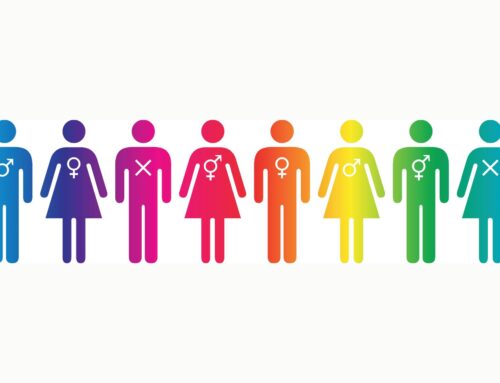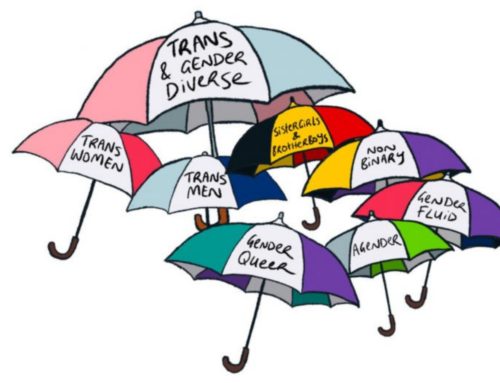Pronouns – Why They’re Important
If you visit a college campus these days, you may be asked to introduce yourself with your name AND pronouns. This is unusual for older generations, but for quarterlifers, it’s necessary. According to a 2019 Pew Research Center survey, 25% of Millennials and 35% of Gen Z know someone who uses gender-neutral pronouns. As more non-binary and trans people live openly, this topic is essential for people to understand. It can help our culture become more accepting of differences. In this blog, we’ll discuss the different pronouns and why they’re important.
Defining important terms
To understand the context of pronouns, here are some terms you should become familiar with:
Gender identity
Gender identity is one’s personal experience of oneself as male or female (or both or neither). Gender identity is “a person’s deeply felt, inherent sense of being a boy, a man, or male; a girl, a woman, or female; or an alternative gender (e.g., genderqueer, gender nonconforming, gender neutral) that may or may not correspond to a person’s sex assigned at birth or to a person’s primary or secondary sex characteristics” (APA 2015, 862).
- Cisgender: Describes a person whose gender identity and expression aligns with their sex assigned at birth (APA 2015, 861)
- Genderqueer: An umbrella term used to describe a person who is gender-nonconforming and may include thinking of themselves as both male and female, neither male nor female, moving between genders, or representing a third gender.
- Non-binary: Used to describe a person whose gender identity isn’t exclusively male or female
- Transgender: Denoting or relating to a person whose sense of personal identity and gender does not correspond with their birth sex
- Gender non-conforming: Denoting or relating to a person whose behavior or appearance does not conform to prevailing cultural and social expectations about what is appropriate to their gender
While this is not an exhaustive list, some examples of terminology used for gender identity include: cisgender, female, male, pan gender, gender fluid, bigender, two spirit, agender, genderqueer, gender non-conforming, gender expansive, third gender, and questioning.
Please note that gender identity is distinct from sexual orientation. Sexual orientation is about whom you’re sexually attracted to. Are you attracted to men, women, non-binary, transgender, or gender non-conforming people, or all of the above? Common terms used to describe a person’s sexual orientation are
- Heterosexual
- Gay
- Lesbian
- Bisexual
- Pansexual
- Asexual
Why are there so many terms?
If you’re new to this, it may feel daunting because there are a lot of different terms. This is because every person is unique, and language is an important way to validate a person’s identity. The terms are diverse because humans are diverse. Previously, we’ve categorized people and put them in boxes by telling them how to identify through restrictive language. Now, our language is much more open, and there are a variety of terms to describe both sexual orientation and gender identity because there are so many ways to experience attraction and gender.
Why is this so important?
Having a word to describe you validates who you are and helps you feel included. If there’s a word to describe me, it means there are other people like me and this helps me find my community.
How do I address someone if I don’t know their pronouns?
You can’t always tell someone’s gender or pronouns by looking at them. It’s better to ask what someone’s pronouns are than to assume them. A person’s gender identity is internal and is not necessarily known or visible to others.
How do I communicate with others about my pronouns?
College campuses have done a wonderful job incorporating pronouns into introductions, and you can do this too. You can simply say, “Hi! My name is [your name], and my pronouns are they/them” or whichever pronouns feel authentic to your experience of self. More and more people are also adding their pronouns to their social media bios, video conference profiles, and email signatures.
Final thoughts
Pronouns are an important way to increase inclusivity in our world. The first step is increasing awareness, and the second step is incorporating this language into your own life. If you feel uneasy introducing yourself with your pronouns, start with your email signature and social media bios; this is an easy way to gradually change your thinking and the thinking of those around you.
American Psychological Association. 2015. “Guidelines for Psychological Practice with Transgender and Gender Nonconforming People.”American Psychologist,70(9), 832-864
If you’re interested in scheduling an appointment or you’d like more information, please call us at 1-844-QLC-TALK (1-844-752-8255) or email us here.





